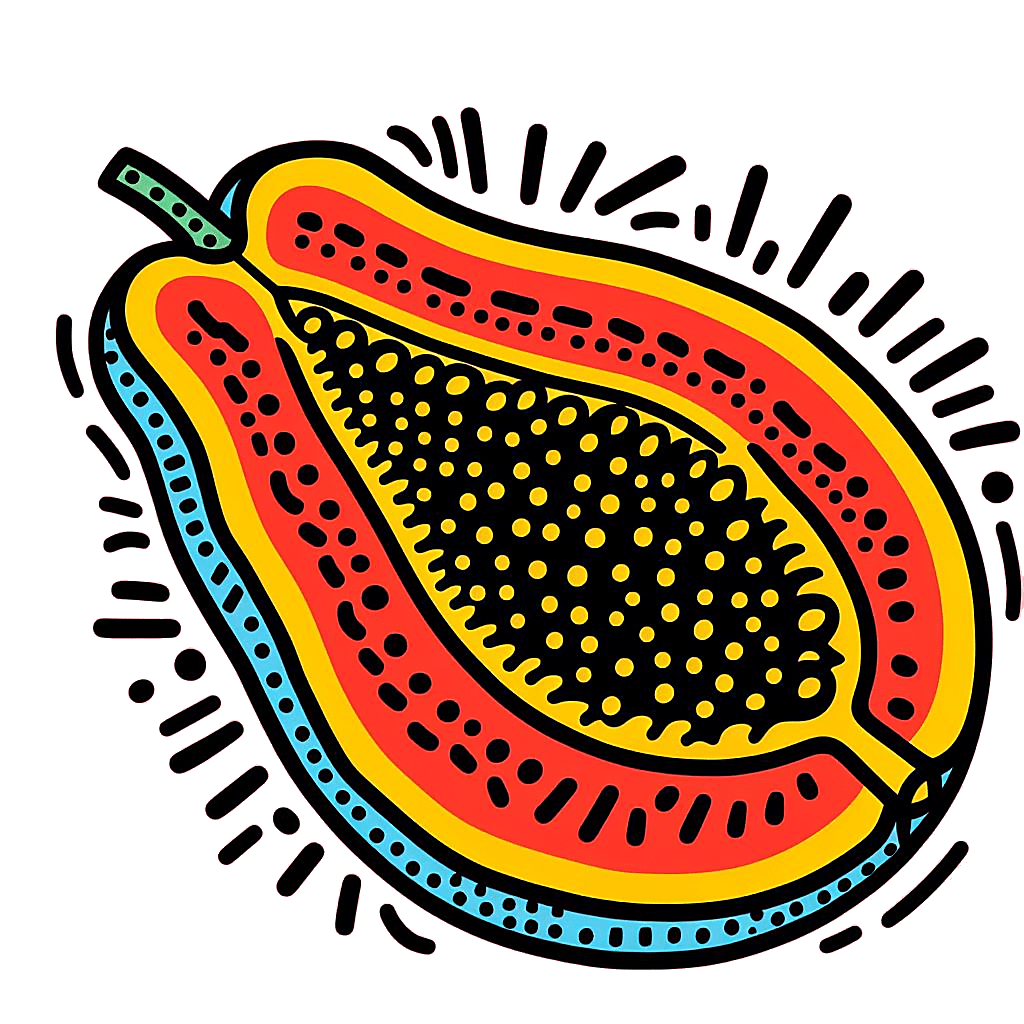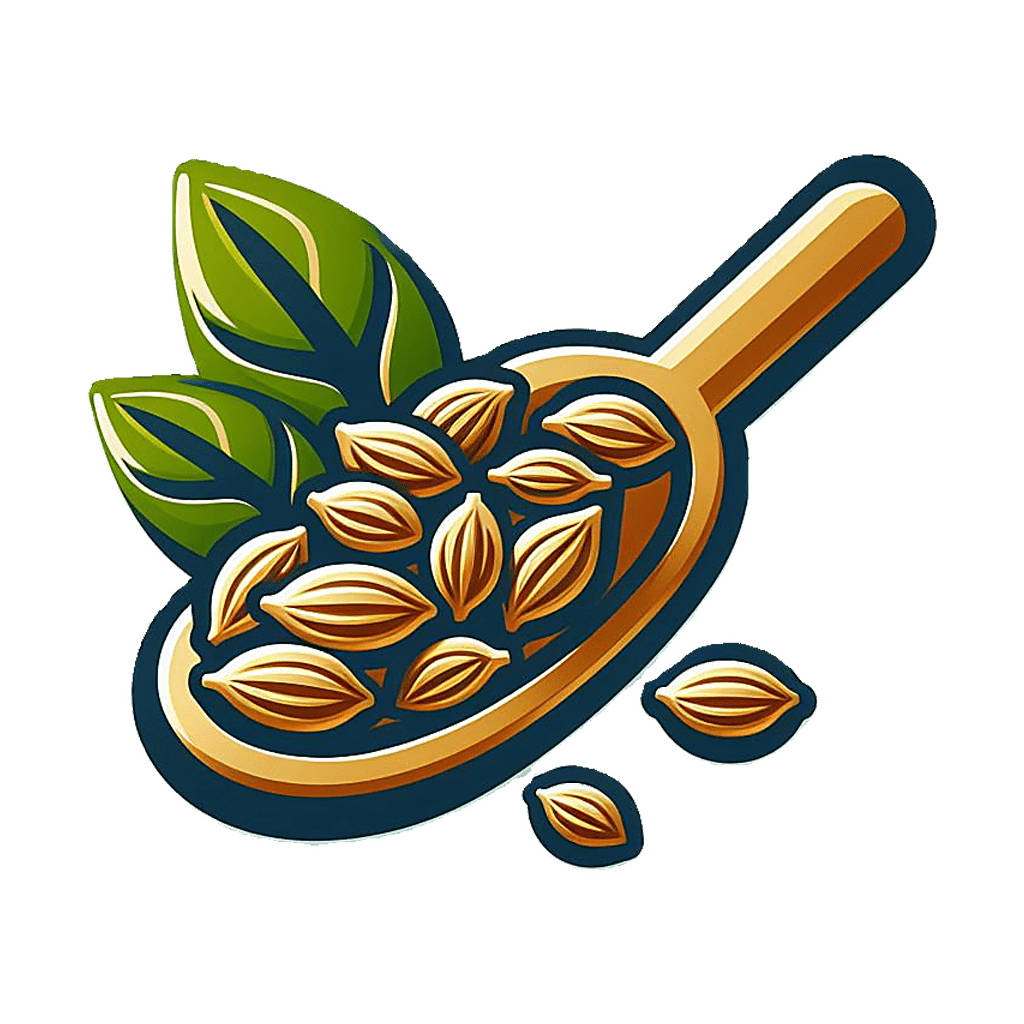/bombˈino bjˈanko/
- Abondante
- Bambino
- Bambino Peloso Gentile
- Bammino
- Banjac
- Bilana
- Bobbino
- Bommino
- Bonvino
- Bonvino bianco
- Buon Vino
- Buonvino bianco
- Butta Palmento
- Butta Pezzente
- Buttspezzante
- Calatammurro
- Calpolese
- Camblese
- Campanile
- Campolese
- Campolese Camplese
- Campolese Chiuso
- Campolese Scinciaro
- Campolese Sciniato
- Carapa, Castella
- Cococciola
- Cola Tamburo
- Colatammurro
- Debit
- Debit Veliki
- Donnee
- Marese
- Ottenese
- Ottonese
- Pagadebiti
- Poulzhinatz
- Pulizanac
- Puljizanac
- Ribola
- Ripona
- Scacciadebiti
- Schiacciadebiti
- Straccia Cambiale
- Strappa Cambiale
- Tivolese bianco
- Trebbiano Abruzzese
- Trebbiano Bianco di Chieti
- Trebbiano Campolese
- Trebbiano d’Abruzzo
- Trebbiano d’Ora
- Trebbiano d’Oro
- Trebbiano di Abruzzo
- Trebbiano di Avezzano
- Trebbiano di Macerata
- Trebbiano di Teramo
- Trebbiano Dorato di Teramo
- Trivolese
- Uva Castellana
- Uva da un Osso
- Uva Fermana
- Uva Romana
- Zapponara bianca
White
The progenitor of Impigno and Moscatello Selvatico, this grape likely derives its name from the distinctive shape of its bunch, reminiscent of a cuddling infant.
It’s a key component in Frascati and Frascati Cannellino wines and is referred to as Ottonese in Lazio.
However, in Abruzzo, it’s frequently confused with Trebbiano Abruzzese.
It’s essential to note that it’s distinct from Bombino Nero, despite potential confusion.
Map of historic hometown
Puglia-style wines are often characterized by their creamy texture, accompanied by notes of mineral, almond, aniseed, apricot, and tropical fruits. However, some variations may appear thinner in comparison.
On the other hand, wines from Lazio or Emilia-Romagna typically exhibit a leaner profile, with more prominent herbal and lemony characteristics.
Visual Flavour Profiles:




